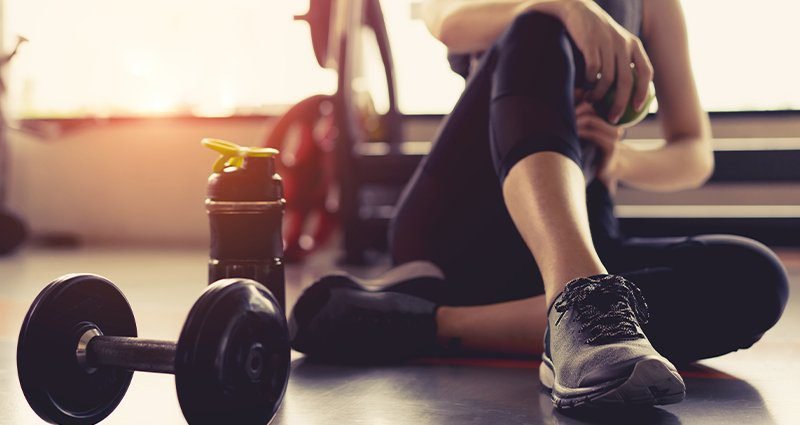Workout recovery is a crucial part of any fitness routine. It’s during the recovery phase that your body repairs and strengthens itself, making it essential for progress and injury prevention. In this comprehensive guide, we’ll explore the best workout recovery techniques to help you bounce back faster and perform at your peak.
The Importance of Workout Recovery
Recovery isn’t just about feeling better after a tough workout; it plays a fundamental role in your fitness journey. Here’s why it’s so important:
- Muscle Repair: After intense exercise, your muscles undergo micro-tears. Recovery allows them to repair and grow stronger.
- Energy Restoration: Replenishing your body’s energy stores (glycogen) is crucial for future workouts.
- Injury Prevention: Adequate recovery reduces the risk of overuse injuries caused by repetitive movements or excessive strain on the muscles and joints.
- Mental Well-being: Recovery helps restore mental clarity, reduces stress, and improves sleep quality.
The Best Workout Recovery Techniques
To maximize your recovery and achieve your fitness goals, consider incorporating the following techniques into your routine:
1. Rest and Sleep
- Sleep: Aim for 7-9 hours of quality sleep per night. During deep sleep, growth hormone is released, aiding in muscle recovery.
2. Nutrition
- Protein: Consume protein-rich foods to repair and build muscle. Aim for lean sources like chicken, fish, beans, and tofu.
- Carbohydrates: Replenish glycogen stores with complex carbs like whole grains, fruits, and vegetables.
- Hydration: Drink plenty of water to aid in the elimination of waste products and reduce the risk of cramps.
3. Stretching and Mobility Work
- Incorporate static and dynamic stretching to improve flexibility and reduce muscle stiffness.
- Yoga and foam rolling can also enhance mobility and reduce muscle soreness.
4. Active Recovery
- Engage in light, low-impact activities like walking, swimming, or cycling on rest days to promote blood flow and reduce muscle tightness.
5. Massage and Bodywork
- Regular massages can help release muscle tension and improve circulation.
6. Cold Therapy
- Ice baths or cold showers can reduce inflammation and muscle soreness.
7. Heat Therapy
- Apply heat to sore muscles using heating pads or warm baths to relax and soothe tightness.
8. Compression Garments
- Compression wear can aid in reducing muscle swelling and fatigue.
9. Supplements
- Consider supplements like creatine, branched-chain amino acids (BCAAs), and omega-3 fatty acids for muscle recovery and reduced inflammation.
10. Mindfulness and Stress Reduction
- Techniques like meditation and deep breathing can lower stress hormones, aiding in recovery.
11. Hydrotherapy
- Alternating between hot and cold water in the shower can enhance circulation and reduce muscle soreness.
12. Sleep Aids
- If needed, supplements like melatonin or herbal teas can promote better sleep.
13. Professional Guidance
- Consult with a sports medicine specialist or physical therapist for personalized recovery strategies.
14. Listen to Your Body
- Pay attention to signs of overtraining, such as excessive fatigue, decreased performance, or persistent soreness. Adjust your training accordingly.
These techniques, combined with the earlier ones, create a well-rounded approach to workout recovery. Remember that recovery is essential for achieving your fitness goals and maintaining overall well-being.
